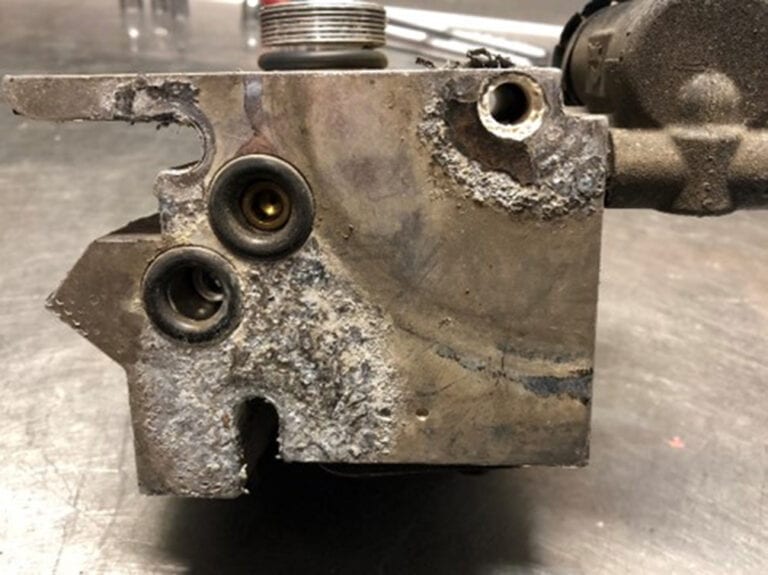ELYRIA, Ohio — As spring arrives across North America, it’s important to take preventive maintenance steps and address the tolls that a season of wild temperature swings and corrosive road chemicals can take on vehicles. The experts at Bendix offer a few tips to help commercial truck owners put winter’s troubles in the rear-view mirror.
Tough times for trucks
“Winter weather is hard on all the physical components of your air brake system,” said Richard Nagel, director of marketing and customer solutions for Bendix. “You’ve got the contrast of freezing temperatures and heat coming off the engine; you get trapped moisture due to freeze-thaw cycles, thermal cycling and humidity; you get metals expanding and contracting and plastics softening and hardening. It’s the same reason pavement cracks and potholes grow in the winter.”
That means drivers and technicians need to pay extra attention this time of year with both visual checks and keen awareness of component performance. Because of their exposure on the road, air dryers mounted on the frame rail are susceptible to corrosion, particularly the seats around the purge and pressure protection valves, as well as the governor connection. Steel air tanks can also corrode and develop small punctures. Dirt, sand and road chemicals can mix with water and form residue that can clog and prevent proper operation of air dryer parts such as the pressure protection and purge valves.
Inspections should also include an eye for cracking or breakage of plastic air-line tubing that connects the dryer to the truck’s air system. Push-to-connect air fittings can also be affected by chemicals and temperature cycling.
In the cab and on the road
Behind the wheel, there are other indicators of winter damage to an air brake system.
“Just because you don’t immediately see or hear any leaks doesn’t mean they’re not present,” Nagel said. “If you notice that it’s taking significantly longer to charge the tanks — say, three or four minutes compared to one or two — then that’s a sign that your air brake system is losing air. The same thing applies if you notice the system charging more often. And an increase in charging cycles also means more air going through the dryer, which affects the life of the dryer cartridge.”
Additionally, if the air dryer cartridge wasn’t replaced in the fall, now is a good time to switch it out.
Drivers might notice a general “stickiness” in the feel of the brakes, as if they’re responding more slowly to the push of the brake pedal. This can indicate valve seals in the system that have had their lubricant degraded through corrosion, or possibly by the use of de-icing solutions if the air system froze during the winter.
“That’s why we never recommend adding anything to the air system — although we recognize that some situations may call for the drastic measure of using a brake antifreeze compound,” Nagel said. “If you’ve had to do this, then spring is a great time to check for leaks around brake valves where O-rings might have been exposed to these chemicals or replace valves that may be sticking internally due to loss of lubrication. Some fleets even routinely just change out air valves as part of post-winter preventive maintenance.”
It’s all connected
Higher-level air-connected technologies like antilock braking systems (ABS) can also suffer from difficult winter conditions.
“Wire harnesses get chipped by gravel or experience corrosion, and once the wires get wet, they can short out,” Nagel said. “Any wiring on the chassis is at risk, and our technical support team says post-winter electrical shorts and the resulting air brake valve malfunctions are the No. 1 source of calls to Bendix this time of year.”
As more trucking systems depend on a reliable supply of compressed air — including Automated Manual Transmissions (AMTs), emissions controls and full stability — proper maintenance of the air system is key to keeping vehicles on the road and in good operating condition. This spring, spending some extra time addressing the ravages of winter can help enhance fleet safety and ease the road ahead for the men and women at the wheel.
The Trucker News Staff produces engaging content for not only TheTrucker.com, but also The Trucker Newspaper, which has been serving the trucking industry for more than 30 years. With a focus on drivers, the Trucker News Staff aims to provide relevant, objective content pertaining to the trucking segment of the transportation industry. The Trucker News Staff is based in Little Rock, Arkansas.















